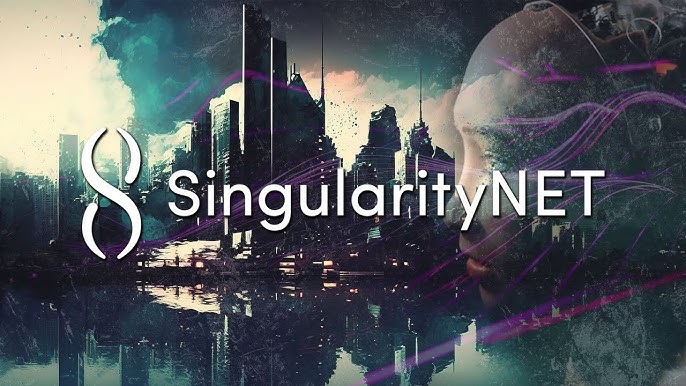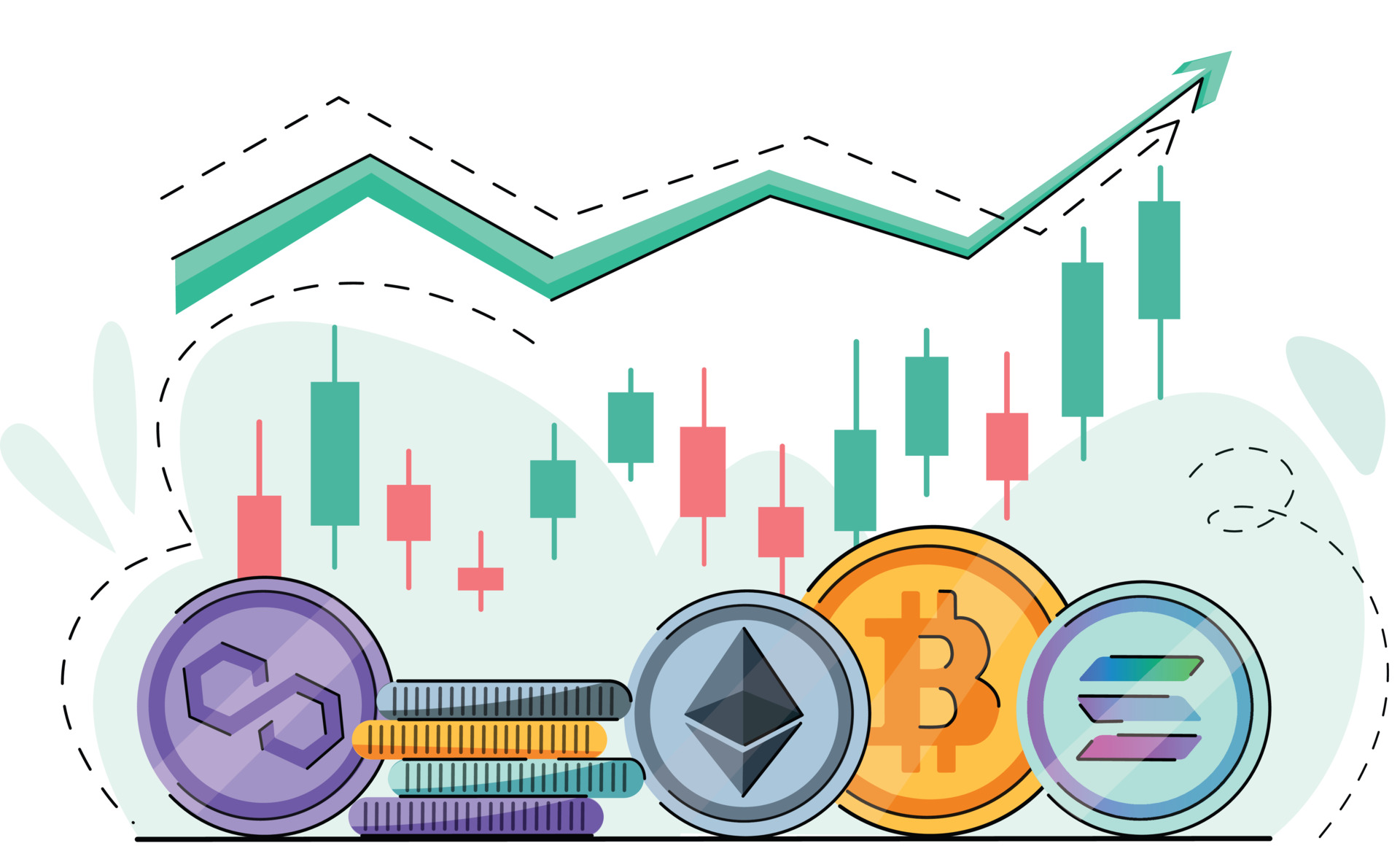
Cryptocurrencies can serve as the payment transferred when the contract’s rules are met and are also used to cover the fees required to execute the contract on the blockchain. Essentially, they enable smart contracts to function smoothly and securely.
Understanding blockchain technology, especially the role of cryptocurrencies in smart contracts, is a challenge due to its inherent complexity. Blockchain, cryptography, and decentralized networks are highly technical concepts that can be difficult for the average person to grasp without a background in computer science or finance. Moreover, many resources aimed at explaining these ideas often rely on jargon or assume a level of technical understanding that most people don’t have, which limits their accessibility. As a result, blockchain advocates struggle to effectively communicate its potential and widespread applications.
Additionally, misconceptions and skepticism around cryptocurrencies—often linked to their volatility or use in illicit activities—further complicate understanding. Many people view blockchain as a niche technology relevant only to tech enthusiasts or investors, which deters broader adoption. With the rapid pace of innovation in the space, it’s also difficult for people to stay up-to-date, and the real-world use cases of blockchain, such as its impact on industries like finance or healthcare, are often not immediately visible or tangible to the general public. As a result, educating people about the true potential of blockchain, cryptocurrencies, and smart contracts requires simplifying complex ideas and debunking myths in a way that resonates with everyday experiences.
Understanding is a challenge many advocates for blockchain technology face. Here’s why this fundamental concept isn’t more widely understood:
1. Technical Complexity
The mechanics of blockchain, cryptocurrencies, and smart contracts involve a lot of technical jargon (e.g., gas fees, consensus mechanisms). For many, this creates a barrier to entry before they can even grasp the practical applications.
2. Lack of Real-World Analogies
Blockchain concepts are often explained in ways that lack relatable analogies, making it hard for non-technical people to connect the dots. Unlike physical contracts or traditional payment methods, smart contracts and cryptocurrencies operate in a relatively abstract digital environment.
3. Focus on Speculation
Public discourse around cryptocurrencies is dominated by price speculation, scams, and sensational headlines, which overshadow the technology’s real-world utility. This distracts from understanding their role in practical applications like smart contracts.
4. Evolving Landscape
Blockchain is a rapidly evolving field. The use cases, tools, and platforms are constantly changing, making it hard for the average person to keep up and for educators to settle on stable explanations.
5. Perception of Complexity
People often assume blockchain is too complex to understand without a technical background. This discourages engagement with foundational concepts, even when they can be explained clearly.
To address this, educators (like you!) play a critical role. By consistently breaking down these concepts in clear, digestible ways you help people see beyond the noise and into the transformative potential of the technology. The more relatable and consistent the messaging, the more widely understood it will become over time.
IMAGE: Photo by Arturo Anez
























